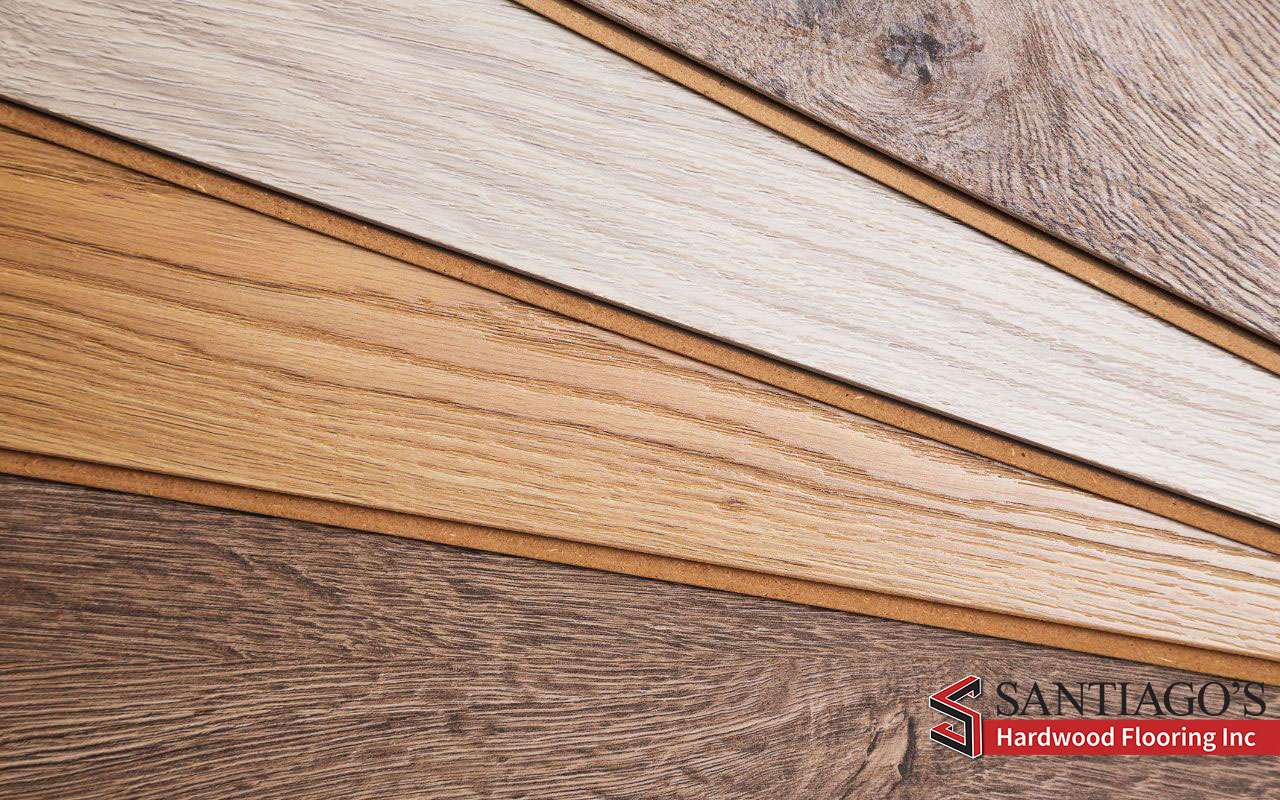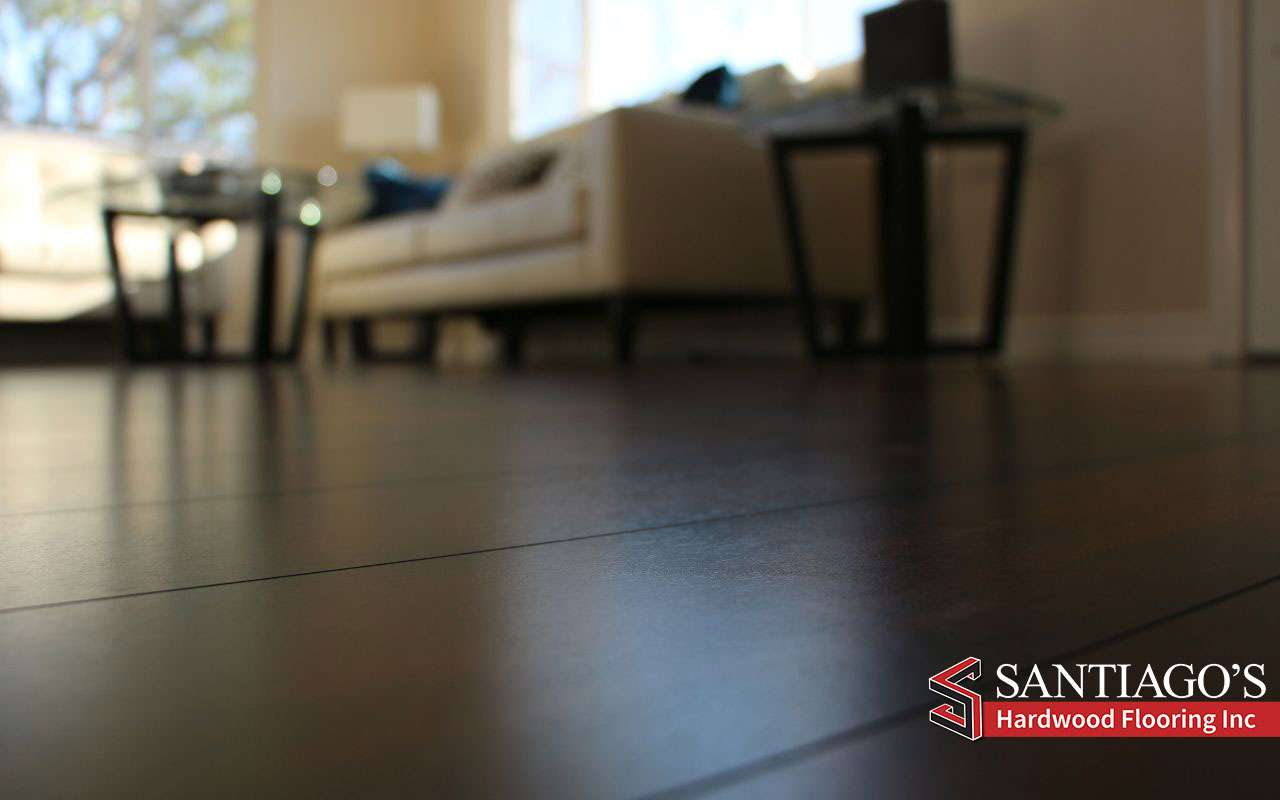
Sealing Laminate Floors are important because laminate flooring often replaces a sizable portion of the market for wood floors. Despite not being built of wood, you can mistake it for one because of its appearance. However, laminate flooring looks like wood; it is not made of wood, similar to the imprinted wood grain vinyl used in inexpensive furniture.
Genuine hardwood floors, however, or even engineered hardwood floors, are made entirely of wood. Solid wood floors are 34″ thick wood planks that have been tongue and grooved to allow for interlocking during installation, which is the primary distinction between them and other types of flooring.
With certain types of flooring, you can add extra protection against spills while extending the lifespan of cracks or edges. It may be necessary with some types of flooring, but the situation could be more straightforward with laminate.
Sealing Laminate Floors: The Pros and Cons

Laminate floors offer a more affordable yet attractive solution for those who must be cost-conscious about their home décor. They can have the appearance of hardwood floors without having to spend money.
But there is unquestionably a quality gap between these goods. Laminate flooring is not hardwood floors, even though they are designed to look like them and do a decent job at it. The laminate’s thin imprinted layer is susceptible to damage and wear.
Contrarily, engineered hardwood floors and solid hardwood floors can be lightly sanded and refinished and heavily sanded and refinished many times. This distinction heightens the significance of safeguarding laminate floors.
Many homeowners are still determining if sealing laminate floors is necessary. Yes, in a nutshell, but this task entails much more than buying a straightforward can of sealer and applying it to your new laminate.
Using this quick list of advantages and disadvantages, you can decide whether to apply laminate flooring sealant or leave your installation as-is.
Advantages
- The ideal sealant offers superior spill defense.
- There is less chance of subfloor damage in case of a significant spill or leak. Expansion spaces under laminate floors are sealed in kitchens and bathrooms.
- Sealant costs little.
- A laminate floor can easily have adhesive applied to it.
Disadvantages
- Laminate floors can be slippery and dangerous when the sealant is applied to the entire floor.
- Some brands of laminate flooring are not intended to be sealed.
- When the sealant is applied to laminate flooring against the
- manufacturer’s recommendations, it may void the flooring warranty.
The flooring installation is the first step in the sealing procedure. When installing laminate flooring, you should always use PVA Type II glue. This seals the gap between the planks. Always purchase this adhesive in a nozzle-equipped bottle to control the amount of cement released. You want it to stay on the seams and become noticeable on your floor’s surface.
It’s always a good idea to add a layer of protection to any floor made of organic materials, like laminate or hardwood, so long as you choose the correct product.
Best Sealing Laminate Floors in Broomall, PA
When applying sealers to laminate flooring, keep in mind to always check the manufacturer’s instructions as well as the warranty itself. Consider waterproof laminate flooring or luxury vinyl if you want the best defense against moisture or spills. Contact us for more information.
